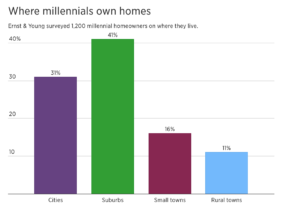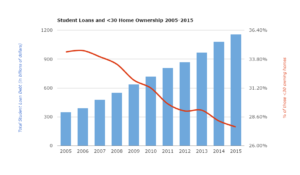In the world of late night television, the year 2018 has seen, interestingly, two polar opposite states from two types of big-time players. On the network side, it is the same old story. As the most polarizing president in decades keeps making waves in office, CBS’ Late Show maintains a firm lead over NBC’s The Tonight Show, while ABC seems to be okay with its Jimmy Kimmel Live! sitting in third place year after year. The irony lies in that, while the new bloods are doing the same things they have been doing for years in the same format that has been around for decades, the two titans of the past have, somewhat quietly, branched out to accommodate a new age of entertainment.
In the last part of his glorious 33 years in late night television, David Letterman was a very different man from the young eccentric-costume-wearing, hydraulic-press-operating, watermelon-and-paint-dropping gap-toothed man on NBC who was synonymous with coolness. Despite social media gaining traction, Letterman was oblivious, and carried on as a broadcaster, and a broadcaster alone. Similarly, when Conan O’Brien was outcast from his Tonight Show gig and moved to basic cable, he stayed with the hour-long network format he had known his entire late night career, and kept banging out shows nightly as usual. However, they have both significantly shaken up their past image of sticklers in 2018 by stepping into digital platforms.
In early 2018, David Letterman came out of retirement from hosting and started an interview program on Netflix streaming. In October, Conan O’Brien announced he would be launching a podcast the next month, as his show switches from the hour-long format to a 30-minute format that does not include interviews. Both announcements took many by surprise, as the two oldest and most staunch defenders and supporters of network broadcast injected a strong dose of modernity into their veins.
Granted, there are obvious reasons to not make a big deal out of these decisions. David Letterman had been retired for over two years, and one could argue he was trying to overcome boredom with his Netflix deal. And while Conan O’Brien was still doing the grind, not many watched anyways, and long gone was he mainstream relevance. It was quite likely they chose the new platforms simply because their alternatives were not that good. And that point is well taken.
However, one would be foolish not to recognized the way technology has reshaped the entertainment infrastructure. Without the new digital platforms and genres such as Netflix streaming and podcasts, Letterman would stay bored at home-be it Montana, Manhattan or Connecticut, and O’Brien would still be making shows for basically nobody. Online platforms have gradually been taking talents away from traditional broadcast, especially in primetime programming. Though they have yet posed a threat to network late night shows, Letterman and O’Brien’s acceptance, which contrasts their past attitudes greatly, brings the competitiveness of digital entertainment to a new high. Networks had better already been taking measures, otherwise it would really be all too late when Jay Leno puts out a comedy special on Hulu.



